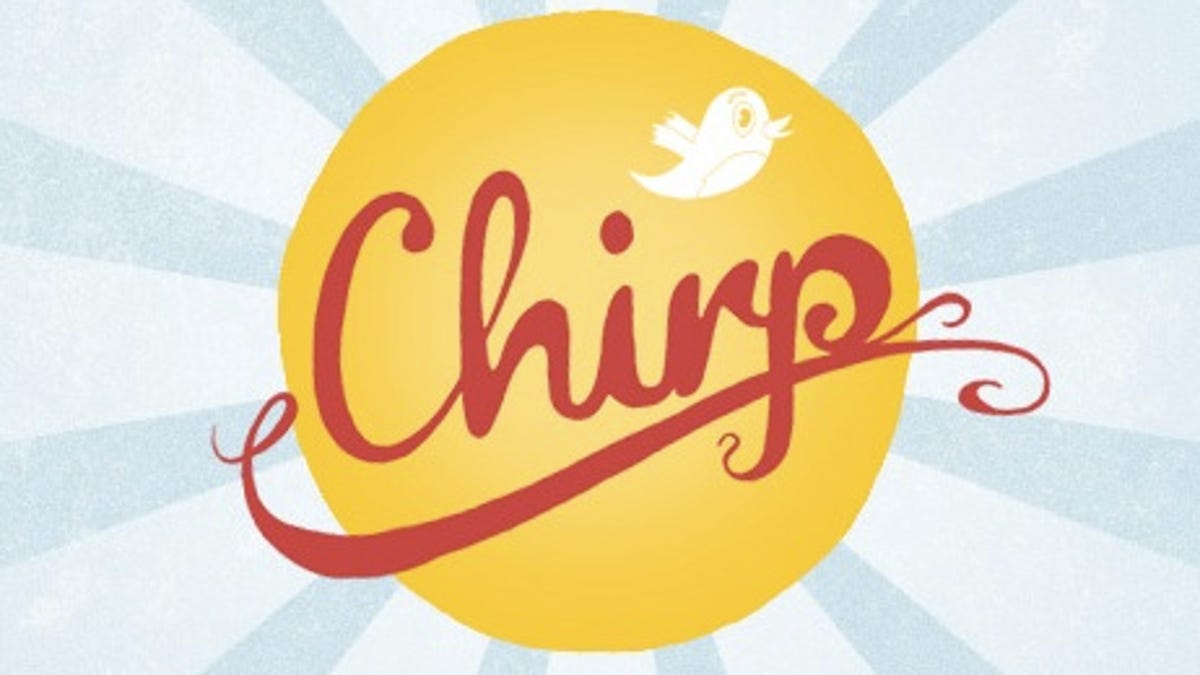Twitter COO details new business model
Dick Costolo, the company's chief operating officer, reveals more details about the "promoted tweets" program that the company will at long last be rolling out.

SAN FRANCISCO--The essence of Twitter's new business model is giving businesses the opportunity to push their Twitter accounts further into the microblogging site's massive audience, Chief Operating Officer Dick Costolo said at Twitter's Chirp developer conference on Wednesday afternoon.
Characterizing the new program as "organic to the platform, something that's just 'of Twitter,'" Costolo talked about the thought process that went into the company's decision to build "a monetization engine that didn't just work on Twitter.com and went where the tweets went."
The company insists that "promoted tweets" aren't ads, but tweets, which in a sense is just Silicon Valley futurist-speak. But in a sense, they're right: In choosing to promote a tweet in search, a company selects keywords and then chooses the existing tweets from its account that it wants to promote. Users can reply to them, retweet them, and add them as favorites. There will be real-time analytics attached. Businesses, more or less, are paying to push their tweets further into the Twitter universe than they would be otherwise.
"All that exist in our monetization platform are tweets," Costolo said. "Everything is a tweet. A promoted tweet is a tweet. You can do anything to a promoted tweet that you can do to a regular tweet."
A company can only promote its own tweets, which may make some people wonder why they can't promote their fans' tweets to boost their message. This wasn't discussed in the talk, but an easy answer is that this may count as banned "commercial appropriation" regulated by the Federal Trade Commission.
Pricing isn't yet clear. It'll eventually be based on something that Twitter calls "resonance," which is its term for the influence that a tweet has based on replies, retweets, views, and click-throughs. Twitter hasn't quite figured out what resonance adds up to yet, but Costolo said that once the program is past its experimental phase, pricing will be worked out and the tweets will be priced on a return-on-investment basis. "Promoted tweets that don't resonate will disappear," Costolo said.
Something that made the developers in the audience applaud: a third-party application that pulls in Twitter streams will be able to choose whether they want to display sponsored tweets. If they do, there will be a 50-50 revenue share between the application and Twitter.
Twitter isn't banning external tweet-based ad networks, but Costolo said that "we are going to enforce" the landscape with revised terms of service. One thing that would be a violation, he said, would be a third-party ad network that mimicked Twitter's own reply and retweet buttons but used them to direct to an external site.
Williams said before Costolo's talk that he understood the head-scratching that went on as Twitter repeatedly seemed to be putting off the implementation of a business model. "It sometimes just gets mischaracterized over the years as (that) we're searching for a business model we just can't find, like we haven't checked the couch cushions for a business model," Williams said. "I checked the couch cushions and there was only 90 cents in there."
Promoted tweets, Williams said, is just "the first leg of it."
Costolo said that promoted tweets are just the first "pillar" in Twitter's business model, the second being the commercial accounts that Evan Williams hinted at in 2008. Those are still in beta with some testers, said Costolo, and that there will eventually be "a threading together" of these with promoted tweets.

